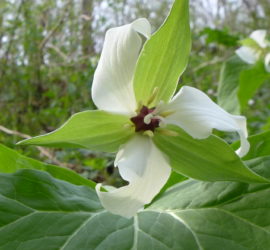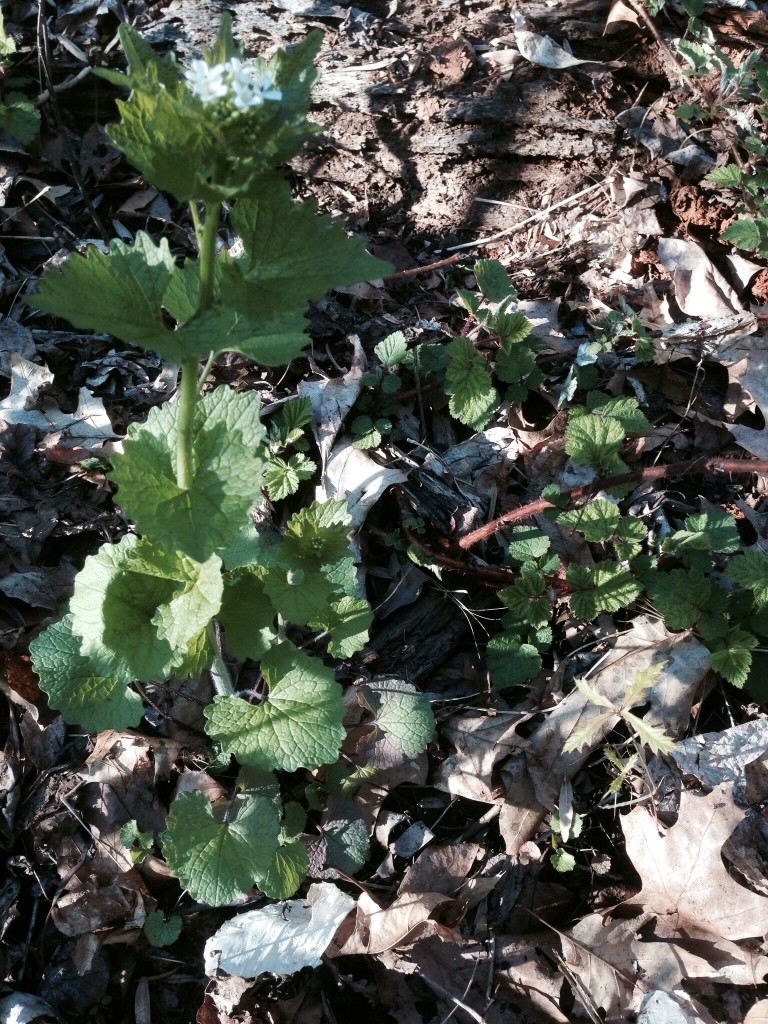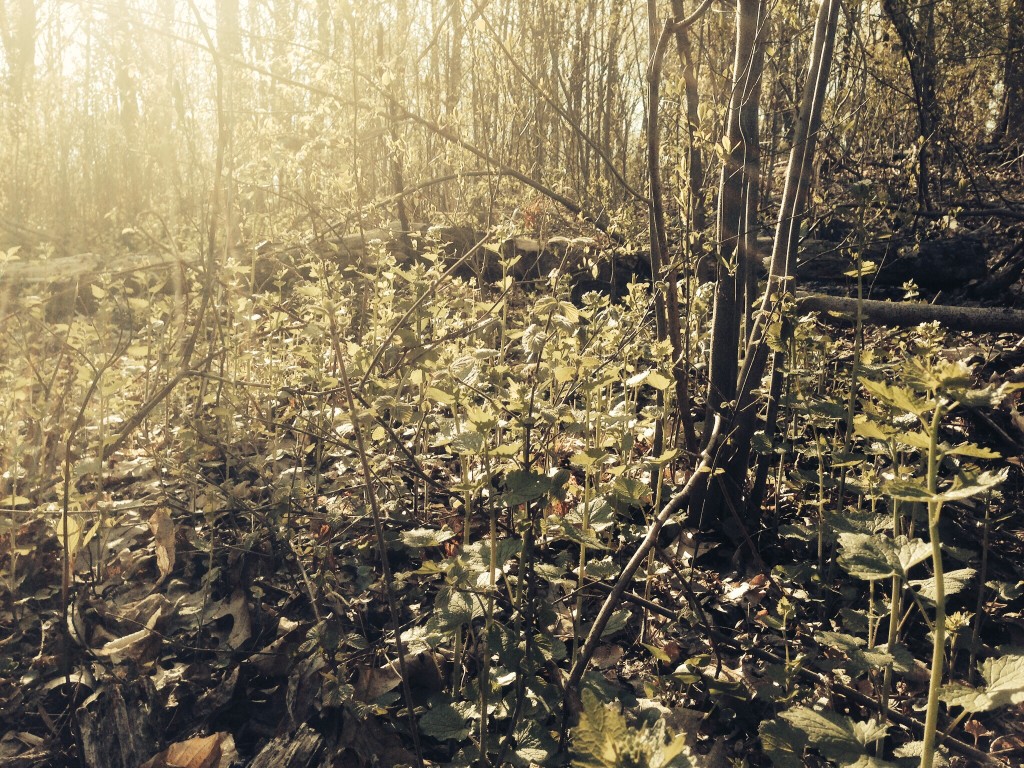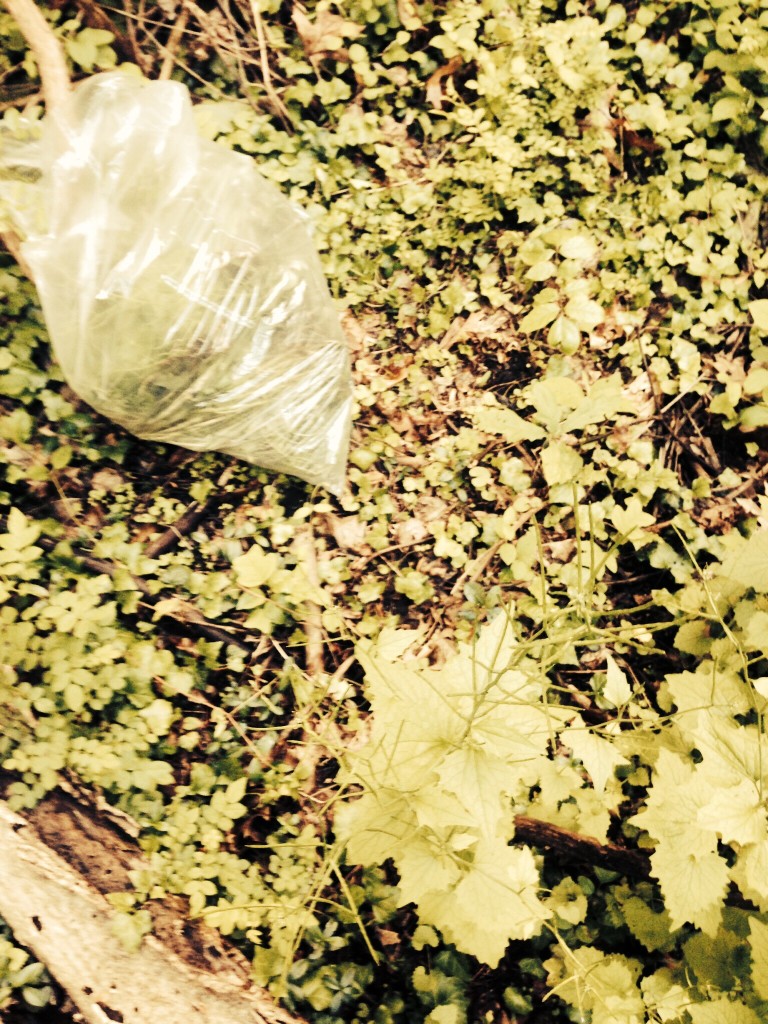As part of our Land Management Class we were asked about formulating questions about the topic. These Questions were to be informally presented to scientists and experts on the subject. Â This was a unique and rare opportunity to lay out as much as possible to this wonderfully assembled group of knowledgable folks and we worked very hard to do just that, assembling a whole host of questions and on-the-ground scenarios for our audience. We were also asked to come up with an experiment that could help in answering questions which we also created.
We had the most opportune moment to have assembled the staff of Philadelphia Parks and Recs Forestry division, Botanists from the Philadelphia Botanical Club, as well as a forestry Scientist from Penn State with decades of experience in urban Forestry, as well as knowledgeable staff from Bartrams Gardens, and the Wissahickon restoration Volunteers. This was a wonderful opportunity to present our questions and our research proposal, which could possibly be implemented in the Haddington Woods section of Cobbs Creek Park. We will present to you, our dear readers, our highly informal presentation in one section at a time as a blog post and post the whole work as a page. Enjoy the most informal presentation and please ask questions and comment! Â Here it is:
Questions For the Wagner Institute Land Management class
By Sean Solomon and Isabelle Dijols
We will organize our questions into categories and finish our piece with proposals for easily implementable experiments based on connecting the dots of the questions peppered.
Living just one mile north of Haddington woods and having been active stewards of the adjacent Morris Park for 8 years, many of our questions bear relevancy to Morris Park and our observations and work (and lack thereof) there and apply to Haddington woods quite succinctly.
Deer:
Is there a simple and cost effective way to measure deer populations within standardized scientifically agree-upon quadrangles? Perhaps key plants could be used as signature estimators, such as Jewelweed or Mayapples (based on commonly occurring and frequently browsed)?
Would it make sense for Public entities such as the City of Philadelphia to hire private companies to measure and quantify the deer populations, to assess the damages being done, to create and implement a public awareness campaign that could ultimately lead to legislation that would provide the proper funding to effectively and consistently manage the Deer population that would both serve the well-being of the species and enhance the quality of the natural lands and human health?
What does it take to get good deer data and consistent culling as well as majority public understanding and support for reasonable deer management practices?
What is it really like for deer who are hungry and malnourished in Fairmount park? Is there a way to measure the suffering of the animal? Weight estimates, views of the eyes or other indicators of physical strain (such as ribs showing, or even analysis of scat or even dna taken from browsed plants) ? Hours spent eating at specific times of the day and night? How is animal suffering quantified and described in Scientific literature and can this be easily translated into digesteble media by the general public?
Does the U.S. Center For Disease Control monitor Lime-disease clusters and should the public be aware of them?
Is there a way to measure the damage done to an ecosystem, on a quadrant level, taking in as much data as possible about the plants, animals and insects by the overpopulation of deer? How about historical data collected about a specific site or measurable area? Are there species documented to have been extirpated by deer browsing or just extirpated without knowledge of the reasons?
What was the deer population like in different known periods dating back as far as possible using every known documentation as clues?
What are the ecological benefits of deer, historically assessed or just conjectural ( perhaps they created a better diversity of herbaceous plants by browsing ones that started becoming invasive, or prevented trees of one species from becoming overwhelming to other trees, for example). Is there a way to asses the ecological benefits of deer ( perhaps visiting and describing sites where deer are considered to be in“equilibrium†with other species)?
On top of that what are the ecological benefits of ticks? (food for Turkeys and other feathered creatures?)
Has the fictionalized Bambi made deer so romanticized in our culture to the point where it is often difficult to discuss deer in an un-charged manner or is there another reason? Could it be related to the fact that there was a time when deer were so over-hunted that they almost became extinct?
The very fact that the deer that did survive the 19th century could be a testament to genetics and evolution that may answer some questions as to why they are so adapted to the modern human arrangement of plants and habitats- Could the deer that survived the 18th and 19th centuries have been the ones that had the genetic make-up to overcome the obstacles placed by human encroachment and this is the very thing that is making up this specific genetic selection to be so successful? ( in different wording) Is there a way to measure that? Perhaps look at genomes of deer through the centuries and compare?
Could we spray something on invasive plants that deer like to get them to eat them over the natives ( Suggested by Susan from Wagner)?
Is there a good way to make this problem go away or managed causing the least suffering to the deer and to the humans who love them?






